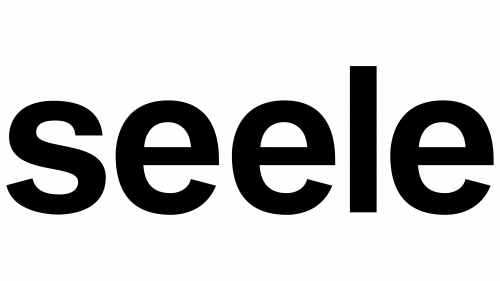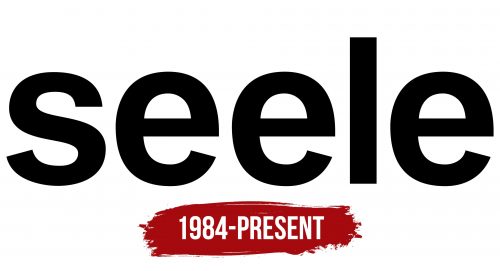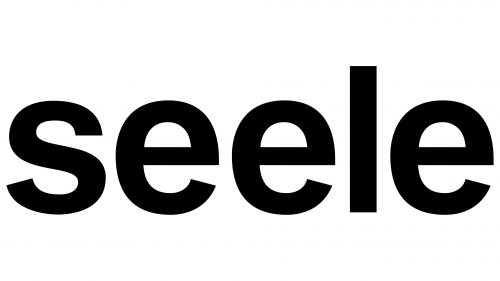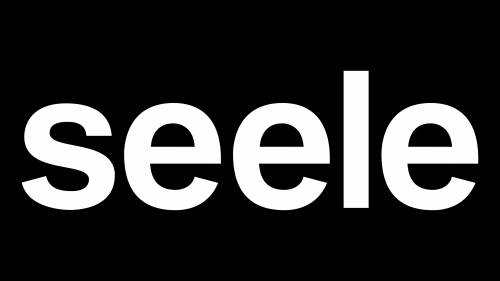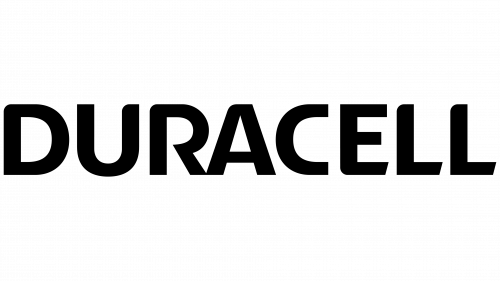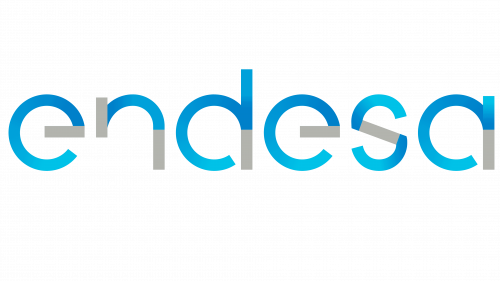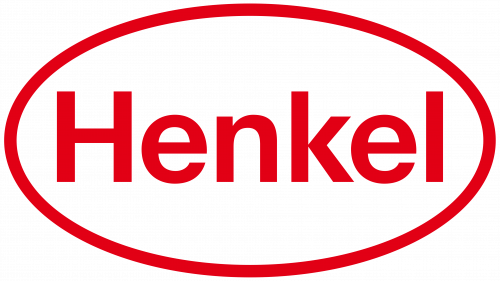The Seele logo symbolizes the seriousness and steadfastness of the company, which transforms ordinary building facades into futuristic structures that shield from street noise and maintain a comfortable indoor climate. The emblem’s design emphasizes an individual approach to each project.
Seele: Brand overview
The company’s past is in the German town of Gersthofen, a tiny Bavarian village. Seele was founded in 1984 by Gerhard Seele, an engineer with a wealth of building and architectural knowledge. The company initially focused on manufacturing and installing metal and glass building facades.
Initially, the firm concentrated on regional initiatives in Bavaria. The business soon established a solid reputation as a trustworthy collaborator capable of executing intricate architectural solutions. Gerhard Seele was directly involved in creating cutting-edge techniques for mounting glass panels, which gave the business an advantage over rivals.
By the late 1980s, the company had taken on projects all over Germany and had extended its operations outside Bavaria. The business invested in personnel training and contemporary equipment, allowing it to take on bigger, more complicated projects.
The enterprise experienced substantial growth during the 1990s. The company started expanding internationally in 1994 when it built its first office abroad in Austria. During this time, the firm completed several significant projects, such as installing the renowned glass dome at the Reichstag in Berlin, which was being rebuilt.
A ground-breaking architectural solution, the brand’s novel glass mounting system with no visible components was unveiled in 1997. This technology made the development of completely translucent facades possible, greatly increasing the options available to architects.
The business entered the US market in the early 2000s. With the opening of its first office in New York in 2001, the company was able to take part in significant US projects. The building of Sacramento International Airport’s new terminal was one of the country’s first major undertakings.
An office was opened in Singapore in 2005 as part of the firm’s Asian expansion. The increasing need for premium facade solutions in rapidly developing Asian metropolises drove this decision.
2008 was a significant year for the business. The firm helped build the renowned Apple Store on Fifth Avenue in New York, contributing to the creation of its recognizable glass cube. Global recognition grew considerably due to this project, which brought orders from other tech behemoths.
2010, the company launched its latest innovation, a double-skin facade system with built-in ventilation. This breakthrough greatly increased building energy efficiency and contributed to developing “green” architecture.
The enterprise took part in building London’s The Shard, one of the most ambitious architectural projects of the decade, in 2012. The business designed and installed this 310-meter-tall building’s intricate facade system.
The firm increased its output in 2015 when it established a new facility in the Czech Republic. This choice was made to streamline European logistical procedures and satisfy the company’s expanding customer base for its products.
Technology innovation was a highlight of 2017 for the business. The firm unveiled its first “smart” facade system, which combined sensors and solar components into glass panels to automatically regulate the building’s temperature.
The company participated in the 2019 construction of Apple Park, the new Apple headquarters in Cupertino, California. The main building’s front features enormous curved glass panels the business produced and erected, making it one of the most intricate and esteemed projects in the firm’s history.
The enterprise was responsible for the facade systems for the 2020 construction of a new airport terminal in San Francisco.
In 2021, the corporation invested in automating and digitizing its German production facilities, including installing new robotic equipment for processing metal and glass.
A new range of environmentally friendly facade options was introduced in 2022 to increase building energy efficiency.
The firm was commissioned in 2023 to design a glass building for a new modern art museum in Tokyo.
A new research facility was established in Gersthofen in 2024 to commemorate the company’s 40th anniversary. The emphasis is on creating cutting-edge facade technology.
The enterprise kept expanding and solidifying its place in the worldwide architectural facade industry by fusing cutting-edge technology with a dedication to excellence and sustainable growth.
Meaning and History
What is Seele?
It is a German construction and engineering company known for its expertise in designing and constructing complex architectural structures and facades. The company specializes in engineering solutions for glass and steel structures, providing services for projects worldwide. The brand utilizes advanced technologies and materials to create unique and aesthetically pleasing buildings and structures. The company is known for its ability to provide customized solutions to meet the specific needs of architects and clients in the construction industry.
1984 – today
The Seele logo immortalizes not only the company’s name but also the surname of its founder, Gerhard Seele. This inscription reflects a long history that began in the 20th century and led to the establishment of a powerful conglomerate that created modern facade structures. Interestingly, the emblem contains no hint of the brand’s industry: it is assumed that the company is well-known enough to be recognized by name alone. The lack of extraneous details creates much more visual interest than obvious symbols.
The word “Seele” is entirely lowercase, signifying the company’s openness and friendliness, aiming to make innovations accessible to all. Combining advanced materials with complex technologies and futuristic forms demonstrates the highest level of craftsmanship. However, this is not reflected in the logo: the simple black inscription does not reveal the brand’s secrets. It only subtly hints at its inclination toward avant-garde style, which is noticeable in secondary details.
Revolutionizing the world of architecture, the company paradoxically chose a simple wordmark. This universal symbol underscores Seele’s vast prospects and desires for constant growth, improvement, and advancement in facade construction technology.
The bold sans-serif font appears deceptively simple, with nothing remarkable about it. Its boldness, geometric design, and stroke thickness resemble fonts like Applied Sans Pro Bold or Marsden Extended Semi Bold. The clear letter shapes leave no room for imagination, while the combination of straight lines and soft curves creates a visual balance. The only element that stands out from the overall picture is the diagonal cuts at the ends of the “e.” However, these do not disrupt the harmony, as their angle visually balances with the other parts of the letters.
In other words, Seele opted to avoid conflicting images and chose a classic black inscription that leaves no room for ambiguity. This logo reflects the utmost seriousness of a company that creates complex facade structures from glass, steel, and various architectural fabrics, striving to unlock the full potential of materials. The classic color palette and restrained font evoke associations with power, stability, high quality, and modern aesthetics.
